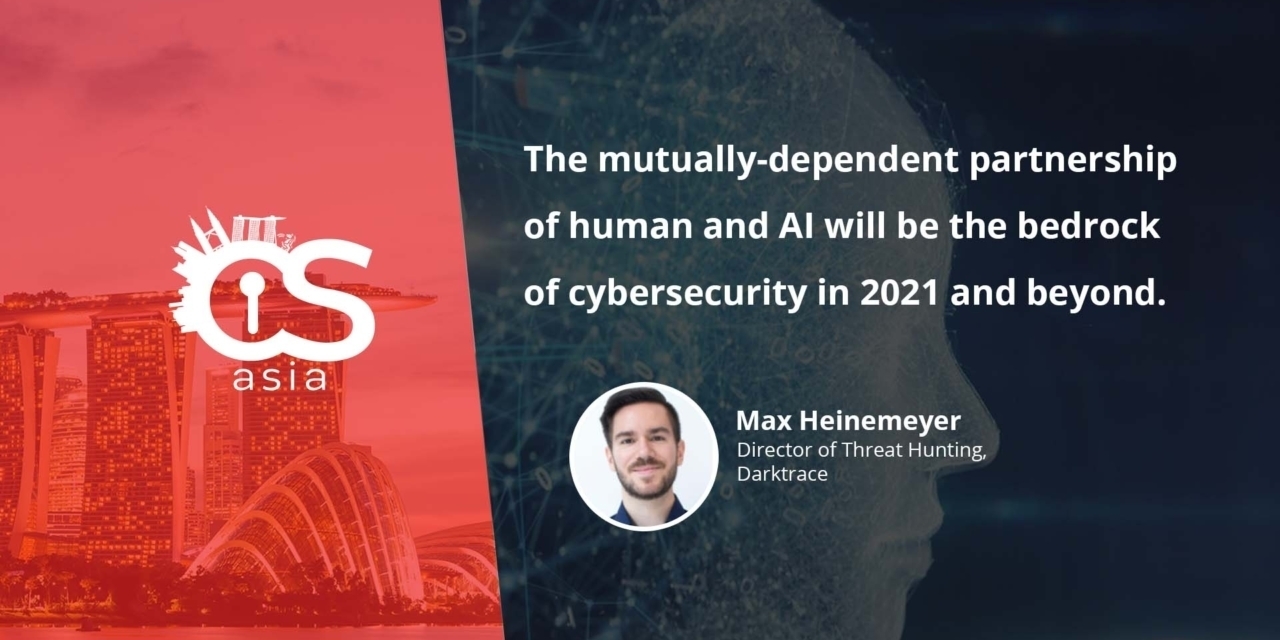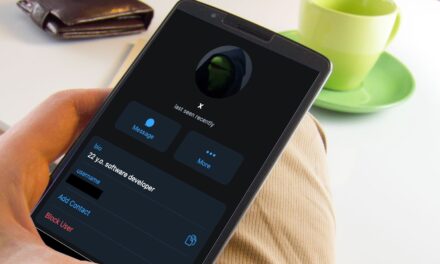This and less-severe cyberthreats are slated for 2021 if cyber-defenders and attackers alike slip up, predicts the experts.
2021 will see a new onset of cyber-attacks: from taking off in space to shaking up national governments, organizations will have to rethink their defence strategy to prevent any economic or business disruptions. Also, with 5G rolling out in full force, there will be a new wave of DDoS attacks and much more for organisations to look out for.
Let us delve deeper into each aspect of the predictions:
Cyberattacks take off in space
The threat of cyberattacks to satellites and other space-based assets has been bubbling up over the past decade, with more countries and private actors investing in their ability to defend and target this technology.
In September, the US released a new space policy directive detailing principles to help defend American space systems from cyberthreats, but it will not stop hackers from trying to exploit vulnerabilities in increasingly digitized critical infrastructure in space. These cyber vulnerabilities pose serious risks not just for space-based assets themselves but also for ground-based critical infrastructure. If not contained, these threats could interfere with global economic development and, by extension, international security.
A growing number of space organizations have adopted AI to autonomously defend their space infrastructure, and we will see this trend grow in 2021 as cyber-attacks in space take off.
Hackers target trust
2020 was the year in which information and disinformation were pitted against each other, fueled by deepfakes that both entertained and also distorted political discourse. Nation-state attackers were blamed for attacks targeting COVID-19 vaccine research.
2021 will see more so-called ‘trust attacks’ where sophisticated hackers use illegitimate access to computer networks not to steal data, but to subtly alter information and undermine its integrity. These attacks seek to erode trust in the data, and thereby in the institutions and organizations that are guardians to that data.
Next year we can expect attackers to launch trust attacks against businesses as well as national governments, as attackers seek to smear business’s reputations or disrupt economic activity.
5G attracts new waves of DDoS attacks
In 2021, 5G will enable a massive increase in connectivity and the emergence of new types of applications, emboldening hackers to launch more ambitious attacks.
We will see a resurgence of botnets and DDoS attacks, which will be able to target a far broader array of 5G internet-connected devices. These attacks do not just threaten their intended targets, but can also affect network services and cause highly damaging network outages.
AI for internal security investigations
In 2020, for the first time in history we saw AI detect one of the most sophisticated cyberattacks in the world: a nation-state attack from Chinese cyber-espionage group APT41 (two weeks before humans were even aware the attack was taking place).
Today AI is able to look through a computer network, investigate potential threats, and produce human-friendly written reports, ready for the boss to read. AI is doing this 9 times faster than a human could.
In 2021, the shift will continue, with more and more internal security investigations being performed by AI. The artificial intelligence will do the heavy lifting, understanding relevant context around a potential threat, testing hypotheses and producing a human-readable report, in seconds. Humans are freed from this data-centric analytical work, instead focusing on business communication and making value judgements that need to be taken by humans.
This mutually-dependent partnership of human and AI will be the bedrock of cybersecurity in 2021 and beyond.





















